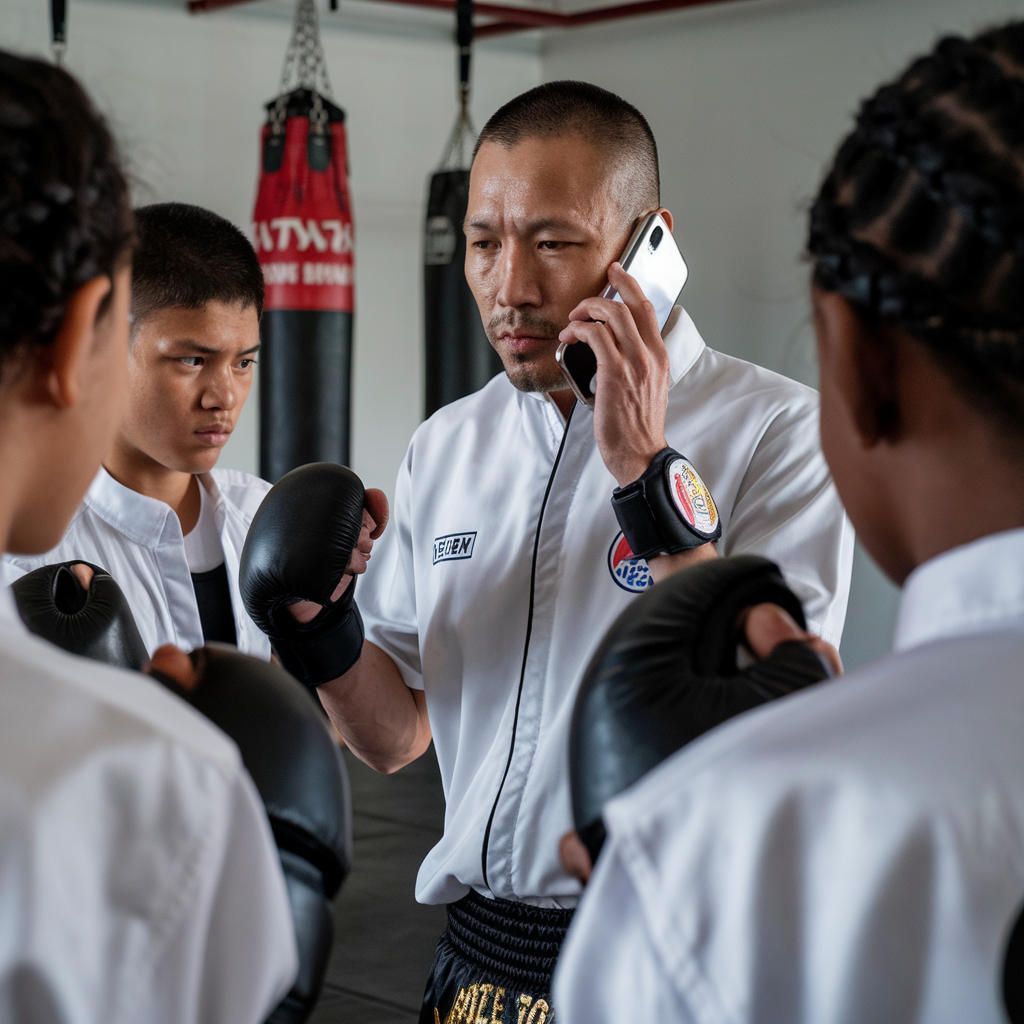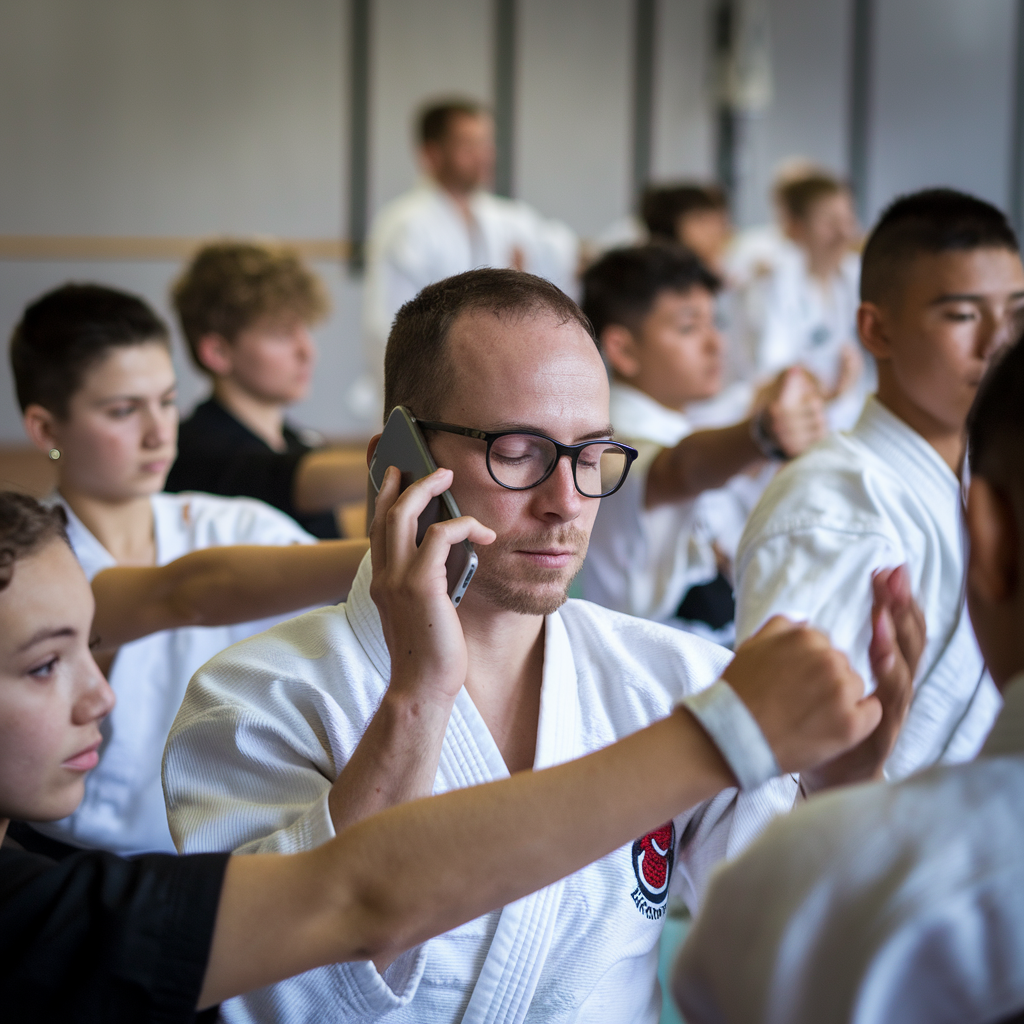
Introduction
In the dynamic world of combat sports, mastering a single martial art is impressive—but combining multiple disciplines can make you unstoppable. Among the most effective pairings are Muay Thai and Brazilian Jiu-Jitsu (BJJ). Together, they provide a complete arsenal for both stand-up and ground combat.
Muay Thai focuses on powerful strikes, balance, and clinch work, while Jiu-Jitsu emphasizes leverage, control, and submissions. By blending these two arts, fighters can elevate their skills to dominate opponents in any scenario—whether in the ring, the cage, or real-world self-defense situations.
This comprehensive guide outlines a fighter’s blueprint for integrating Muay Thai and Jiu-Jitsu into a cohesive strategy. You’ll learn how to balance your training, improve key techniques, and unlock the mental and physical benefits of combining these two martial arts.
Why Combine Muay Thai and Jiu-Jitsu?
1. Total Combat Versatility
Muay Thai and Jiu-Jitsu cover all phases of a fight:
- Standing Strikes: Muay Thai gives you the tools to strike with devastating punches, kicks, elbows, and knees.
- Ground Control: Jiu-Jitsu teaches how to dominate on the mat through sweeps, submissions, and positional control.
Whether standing or on the ground, you’ll be prepared for any scenario.
2. Adaptability Against Different Opponents
A skilled striker will struggle against a well-rounded grappler—and vice versa. Combining these arts allows you to adapt to different fighting styles. You can:
- Use Muay Thai to maintain distance and strike against grapplers.
- Employ Jiu-Jitsu to neutralize aggressive strikers by taking the fight to the ground.
3. Enhanced Physical Conditioning
Training in both arts provides a comprehensive workout that builds:
- Explosive Power: From Muay Thai’s striking and clinch work.
- Endurance: From Jiu-Jitsu’s constant grappling and positional battles.
- Flexibility: Developed through Jiu-Jitsu’s wide range of movements.
The Blueprint: How to Train Both Arts Effectively
Balancing Muay Thai and Jiu-Jitsu requires a structured plan. Here’s how to approach your training systematically:
Step 1: Master the Fundamentals of Both Arts
Start by building a strong foundation in each discipline. Avoid focusing on flashy moves—master the basics first.
Muay Thai Fundamentals:
- Stance & Footwork: Maintain balance while moving fluidly.
- Core Strikes: Master the jab, cross, hook, roundhouse kick, and teep.
- Clinch Control: Learn to deliver knees while controlling your opponent’s posture.
Jiu-Jitsu Fundamentals:
- Positional Hierarchy: Understand dominant positions like the mount, side control, and back control.
- Escapes: Master basic escapes from bad positions (mount, side control, guard).
- Submissions: Focus on core submissions like the armbar, triangle choke, and rear-naked choke.
✅ Pro Tip: Dedicate the first 6-12 months to foundational techniques in both arts before attempting advanced transitions.
Step 2: Build a Balanced Training Schedule
A smart training schedule prevents burnout while allowing consistent progress. Here’s a sample weekly plan:
Monday: Muay Thai (Striking Drills + Sparring)
Tuesday: Jiu-Jitsu (Positional Work + Submissions)
Wednesday: Recovery (Mobility, Light Drills, Yoga)
Thursday: Muay Thai (Clinch + Takedown Defense)
Friday: Jiu-Jitsu (Guard Passing + Live Rolling)
Saturday: Sparring (Alternate Between Stand-Up and Ground)
Sunday: Rest or Active Recovery (Light Stretching or Swimming)
Step 3: Learn to Transition Between Striking and Grappling
One of the most valuable skills in combat sports is transitioning smoothly between standing and ground phases.
Key Transition Skills:
- Muay Thai to Jiu-Jitsu: Learn how to secure takedowns from the clinch (such as sweeps or trips).
- Jiu-Jitsu to Muay Thai: Develop the ability to stand up quickly after a grappling exchange using technical stand-ups.
- Takedown Defense: Use Muay Thai’s framing techniques to prevent double-leg and single-leg takedowns.
✅ Drill Idea: Practice “Strike to Grapple” rounds—start by exchanging strikes, then transition into takedowns and submissions.
Step 4: Improve Fight IQ
Understanding when to strike and when to grapple is crucial. Train your ability to read opponents and adjust your strategy in real time.
Against a Striker: Close the distance, use clinch work, and take the fight to the ground.
Against a Grappler: Maintain distance with long-range strikes and prevent takedowns.
✅ Pro Tip: Watch professional MMA fights to analyze how elite fighters combine Muay Thai and Jiu-Jitsu strategies.
Key Techniques to Focus On
Muay Thai for Jiu-Jitsu Practitioners:
- Defensive striking to avoid damage.
- Teeps (front kicks) to control distance.
- Knees from the clinch to soften grapplers.
Jiu-Jitsu for Muay Thai Practitioners:
- Takedown defense and sprawling.
- Sweeps to recover from being knocked down.
- Submissions from defensive positions.
Mental Toughness and Discipline

Training in both arts is physically and mentally demanding. Build mental toughness by embracing discomfort and pushing through difficult training sessions.
✅ Mindset Tips:
- Stay Patient: Mastery takes time—celebrate small wins along the journey.
- Embrace Failure: Every mistake is an opportunity to learn and improve.
- Stay Humble: Both Muay Thai and Jiu-Jitsu will humble you—approach training with an open mind.
Common Challenges and How to Overcome Them
1. Time Management:
Solution: Stick to a structured schedule and prioritize quality over quantity.
2. Injury Prevention:
Solution: Warm-up thoroughly, listen to your body, and practice proper recovery methods.
3. Mental Fatigue:
Solution: Take rest days seriously and vary your training intensity.
Inspiration: Fighters Who Excel in Both Arts
Many world-class fighters successfully integrate Muay Thai and Jiu-Jitsu:
- Israel Adesanya: A Muay Thai-based striker with solid grappling defense.
- Demian Maia: A Jiu-Jitsu specialist who adapted Muay Thai for effective striking.
- Amanda Nunes: Blends devastating Muay Thai with a world-class submission game.
Conclusion: Craft Your Fighter’s Blueprint
Elevating your game with Muay Thai and Jiu-Jitsu isn’t just about learning techniques—it’s about building a holistic skill set. By mastering the fundamentals, balancing your training, and sharpening your fight IQ, you’ll develop the versatility and confidence to thrive in any combat environment.
Whether you’re stepping into the ring, the cage, or simply aiming to improve yourself, the fusion of Muay Thai and Jiu-Jitsu provides a powerful path to success.
The journey is long—but with dedication, you can become a true master of both worlds. Are you ready to take the next step?

